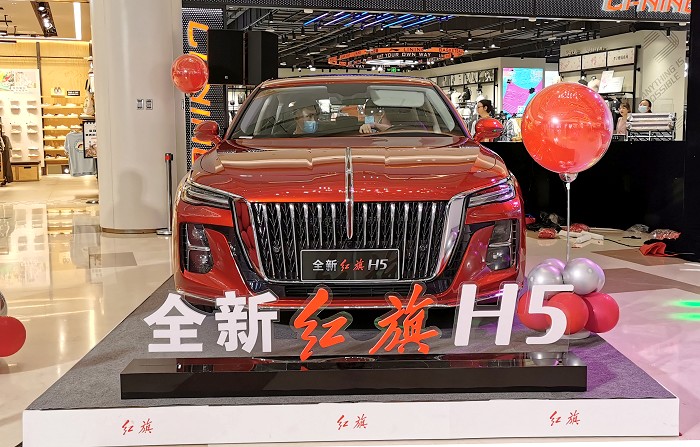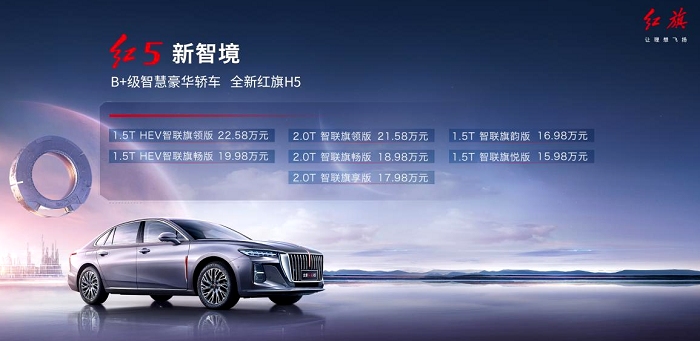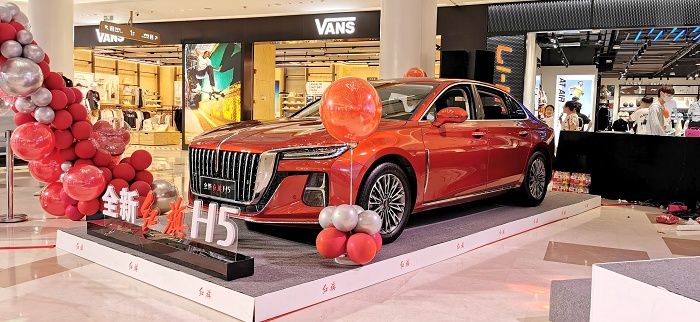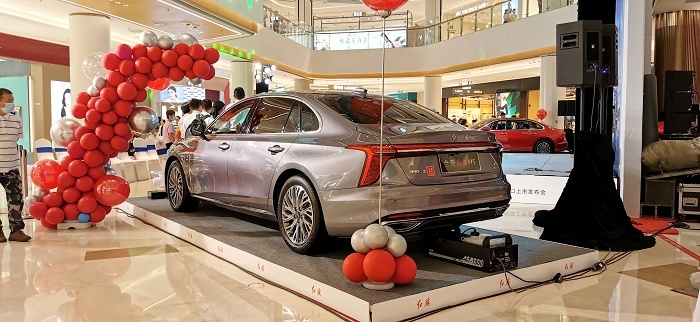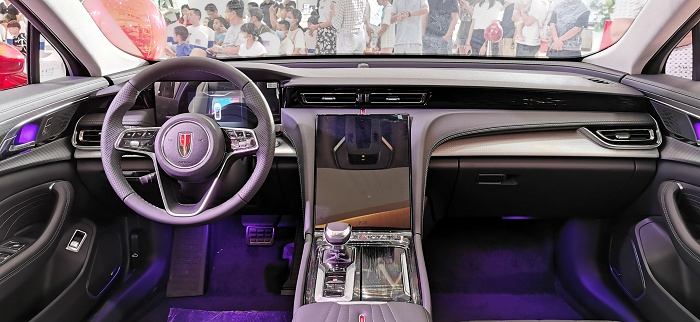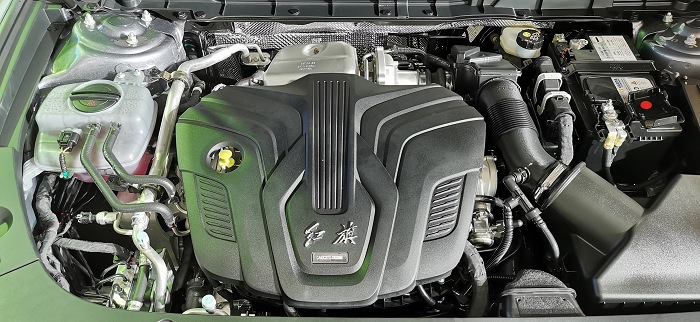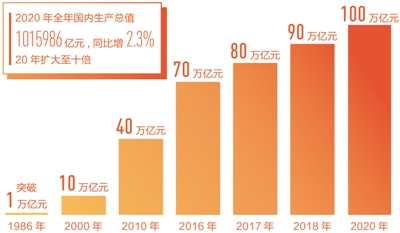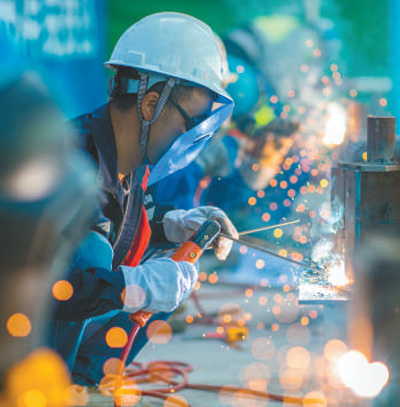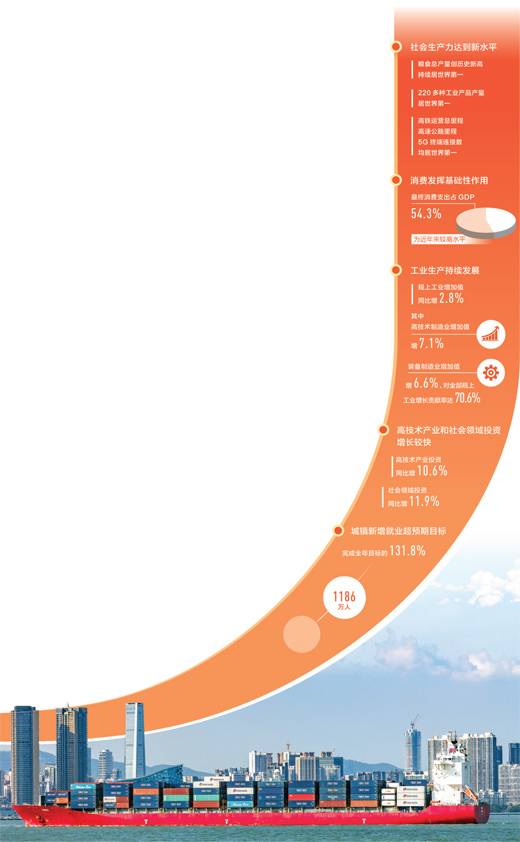Why are these young people keen on watching giant pandas?
At 6 o’clock in the morning, dozens of people lined up outside the gate of chengdu research base of giant panda, Sichuan. They waited for admission along the fence, and there was still one and a half hours before the opening of the park. Visitors in front of the queue told the reporter of China Youth Daily and China Youth Network that they could basically see "Huahua" (the nickname of the giant panda "Hehua" — — Reporter’s note).
With its naive image and the status of a rare species, the giant panda has attracted a large number of tourists to visit, and watching the panda has become an important purpose for many tourists. "Huahua" in Chengdu, "Menglan" in Beijing, "Yuke" and "Chongqing Love" in Chongqing … … These names are even more popular in 2023.
Regardless of working days and holidays, the young giant panda villa park where Huahua lives is often crowded with people, and the people waiting in line are all the way from the park to the gate.
By 7: 40, the reporter found that the team watching "Huahua" had discharged 500 meters. There is a sign on the reporter’s left, which suggests that it will take more than two hours to queue here to see "Huahua".
Line up for two hours and watch "Huahua" for three minutes.
If you want to see the "flower" side, you need to withstand the "long standby" physical strength of queuing for hours and the godsend luck that it just happens to be "open" when it arrives. In order to let tourists have a chance to see "Huahua", the park has taken measures to limit the flow. Therefore, many netizens joked: "Line up for two hours and watch ‘ Huahua ’ 3 minutes. "
On July 4th, 2022, Li Meng inadvertently brushed the video of two sisters "Hehua" and "Heye" on the short video platform. "I used to think that pandas all look alike, and ‘ Huahua ’ The recognition is very high, which is different from the panda in memory. " After watching it again, Li Meng watched it for nearly 10 times. Two months later, she came to the "Huahua" Park for a field visit. She remembers that there were still relatively few people in the park that year. "Basically, there were about 20 people, and at most, they stood in 2-3 rows, which was quiet." It was really popular in February 2023. "It may be that the epidemic lasted for more than two years, and everyone was ruined. After the epidemic ended, they wanted to be close to nature and animals."
Later, Li Meng became the host of "Huahua" Weibo’s "Chaohua". She basically goes to see "Huahua" three times a week, and sends the video and photos of "Huahua" to her Internet account. "On the one hand, I can let more concerned netizens know about the situation of giant pandas. On the other hand, I have become a bridge between panda powder and the base." If fans have any suggestions or opinions to convey, Li Meng can inform the breeder or staff offline, so that they can make further judgments.
Li Meng said frankly that after becoming a "Huahua" fan, except for work and sleep, she is basically at the base or paying attention to "Huahua". "But I feel very fulfilled." Watching pandas makes Li Meng relaxed, and she enjoys it.
When visiting offline, Li Meng often sees uncivilized phenomena, such as shouting, throwing food to feed, and even showing dogs around. "Pandas are very sensitive in hearing and smell, and the food they eat is specially provided after quality inspection. The bacteria carried by dogs may infect pandas with the deadly disease of canine distemper, which is a precedent for giant pandas in Qinling." When Li Meng paid attention to Weibo’s "Chaohua" of "Huahua", there were only 50,000 fans, and now the number of fans has increased to more than 800,000. "I just want to pass on some popular science of civilized visits and knowledge about the giant panda group through this platform, so that everyone likes giant pandas better." She said.
"Giant pandas bring me healing and happiness."
The 32-year-old Shuai Wanjun’s name and avatar are both giant pandas. There is a display cabinet on the left hand side of her bedroom door, which is filled with peripheral products such as giant panda dolls. Every day when she goes to work, she will carry a canvas bag with a "Huahua" badge. Even if she changes it every day, the bag will not be the same for half a month.
In 2021, as a medical staff, Shuai Wanjun felt unprecedented work pressure. She often can’t sleep well, and at three or four o’clock in the morning, her spirit begins to be excited, accompanied by palpitation, anxiety and headache, which makes it difficult to fall asleep. After going to the hospital for examination, Shuai Wanjun found himself suffering from moderate anxiety and mild depression.
Shuai Wanjun also learned about the giant panda group through short videos. "I see ‘ Hehua ’ ‘ Heye ’ ‘ Run yue ’ Three children just sit together and eat bamboo shoots, ‘ Huahua ’ Every time I finally peel the bamboo shoots, I will be taken away, and I feel particularly funny. " She began to often search for the clips of pandas on the Internet by herself. In them, Shuai Wanjun saw many "qualities worthy of human learning".
She took "Huahua" as an example. "It won’t get angry because it was robbed of food, and it can’t go against itself. It won’t fight for it, and it always feels that it will have another bamboo shoot to eat, and it will master the rhythm of life." Shuai Wanjun was also moved by the strength of Huahua. Because his right foot was everted, it was difficult for Huahua to climb trees, but he never gave up and worked hard every time he climbed the wooden frame and bed. "I should also learn its indomitable spirit and perseverance, and not bow to the setbacks in life."
Qin You has the same feeling as Shuai Wanjun. Her favorite giant panda is Fu Shuang of Chengdu Giant Panda Breeding Base. When she is fascinated, she can stand there for two hours in a row. In her view, "Fu Shuang" is a very low-key giant panda and never takes the initiative to provoke her companions. "On one occasion, ‘ Chongyang ’ Tease with claws ‘ Fushuang ’ ,‘ Fushuang ’ I didn’t pay any attention to it, but I was finally annoyed. ‘ Fushuang ’ Hit it from beginning to end. The way animals get along with people is very similar. People don’t attack me, I don’t attack, and if people attack me, I will attack. "
On vacation, Shuai Wanjun likes to go to zoos around the world to see pandas. In the past two years, she has been to Shenshuping Base of China Giant Panda Garden in Wolong, Sichuan, Panda Valley and Panda Paradise in Dujiangyan, Guangzhou Changlong Wildlife World and other zoos. "Every time I see a panda, I laugh. Before going to bed at night, I brush the panda video, and sometimes I fall asleep when I brush it. Giant pandas are really beautiful animals. My biggest dream in life is to see giant pandas all over the country. " Shuai Wanjun said. In 2023, her insomnia was all right.
"Giant pandas can make me feel cured and happy in my busy life." Qin you said. Looking at their carefree appearance, she forgot the hustle and bustle of the city and began to enjoy nature.
After Li Meng became the host of "Chaohua", she received many submissions, and they were also "cured" by the video of the giant panda. One fan’s contribution impressed her deeply. Because the fans of breast cancer resection suffered from depression, they were unwilling to go out because of inferiority. After accidentally seeing the video of "Huahua", she was moved by this strong giant panda. “‘ Huahua ’ There are no other pandas, and they are not good at climbing trees. Even if I am injured and have not given up on myself, I can start again. "
In order to realize the freedom to see pandas, she settled in Chengdu.
At the beginning of 2021, Qin You traveled to Chengdu with a tour group for the first time. At the Giant Panda Breeding Research Base, due to the repeated urging of the tour guide, she "didn’t see enough giant pandas". When the graduate student was about to graduate, she began to pay attention to the job opportunities in Chengdu. "I can realize the freedom to see giant pandas when I come to Chengdu." Since then, she will go to see the giant panda every once in a while. At Chengdu Giant Panda Breeding Base, she stayed for one day, entering at 8 am and leaving the park at 6 pm.
Speaking of pandas, Qin You’s chatterboxes can’t be closed. In 2003, China started the research on the wild training and release of captive giant pandas to nature, and many giant pandas have participated in the wild training; Fushuang is the daughter of the giant panda Fulu, which was exchanged by Huahua’s eldest brother Gongzai and Beijing Zoo, and her uncle is online celebrity panda Boat-fruited Sterculia. "Mang Xing Xing" and "Mang Chen Chen" are the twin sons of the giant panda "Mang Zi". "Liangyue" and "Yubao" and "Yubei" are aunts and nephews who grew up together … …
Every time he looks at the giant pandas, Qin You will carefully study the identity information on the introduction card, and after returning home, he will consult the materials to find out the genetic relationship between the giant pandas. "After knowing their origins, I will compare their genetic characteristics, so it will be more fun to see pandas."
Qin You thinks that every panda has its own characteristics, and she can recognize almost all the pandas she has seen. "The width of each giant panda’s black shoulder strap, the shape of its ears, the points on its nose, the distance between its eyes and the shape of its eyes are different." Finding these depends on her long-term and meticulous observation of the giant panda population.
"8 am to 10 am is the most active time for giant pandas; From 10 am to 1 pm, most pandas are sleeping; At about 1 pm, the breeder will give them extra meals, and they will sleep after 4 pm. " Qin You has summed up the rules of giant pandas’ activities, and he will go to see them whenever he has time, for fear of missing their growth.
In the past year, every time Qin You came to chengdu research base of giant panda, he would see a sea of tourists around the juvenile giant panda villa, hoping to see the beauty of a top-notch "female star" and "flower flower". "With so many people moving every day, the smell is likely to affect ‘ Hehua ’ And ‘ Heye ’ There was a time when I saw ‘ Hehua ’ Hide in the Woods and never come out. "
"If tourists come to the zoo because they like giant pandas, I hope everyone can divert and pay attention to more giant pandas." Qin You said that every giant panda is cute and cured.
"Giant pandas have lived on the earth for at least 8 million years, longer than us humans. If we protect the environment for their survival, it will certainly be beneficial to our human survival." Qin You hopes that everyone can see more animal groups through giant pandas, protect the environment around us and protect our home.
(At the request of the interviewee, Li Meng and Qin You are pseudonyms.)
Zhongqing Daily Zhongqing Net Trainee Reporter Chen Xiao Reporter Qi Zheng Source: China Youth Daily






